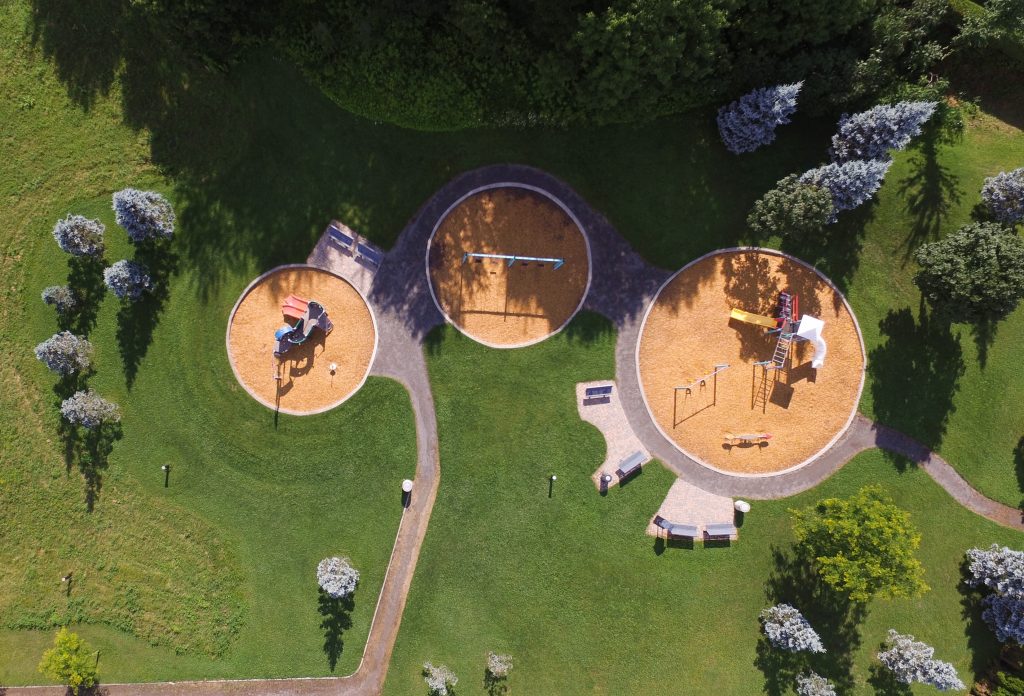Is Your Community’s Parks and Recreation Plan Up to Date?
By Andy Moore, AICP

Parks and recreation facilities and programs serve a key role in every community and governments at all levels have recognized the importance of recreation to the quality of life and the physical and mental health of their citizens. This recognition has been manifested in the development of National, State, and local park systems that include non-motorized trails, the preservation of natural areas, and the provision of open spaces for both active and passive recreational use.
Recreation planning is an exercise performed by local and state governments to anticipate change, promote needed change, and direct recreational development in a way that benefits the entire community. It has the aim of harmonizing the available recreational resources and activities with the social, environmental, aesthetic, cultural, political, and economic requirements of the jurisdiction. Therefore, every community that seeks to provide recreational opportunities to its residents should be engaged in some level of parks and recreation planning.
The Michigan Department of Natural Resources (DNR) has been instrumental in assisting communities of all shapes and sizes throughout Michigan in recreation planning. The DNR offers grant opportunities to local governments that assist with funding the acquisition and/or construction of public parks, open spaces, and trails. In order to be eligible for grant assistance, a community must have an adopted five-year parks and recreation plan on file with the DNR. Further, the plan must have the minimum components required by the DNR’s guidelines, and the plan must be approved in accordance with the process prescribed by the DNR.
At a minimum, a community parks and recreation plan must contain the following elements:
- Community Description – Describes the physical, demographic, social, economic, and other characteristics of the community.
- Administrative Structure – Describes how parks and recreation facilities are administered in the community’s governmental structure.
- Recreation Inventory – Lists all recreation facilities within the community. Many communities also include facilities outside its boundaries in this chapter, particularly if those facilities are frequently used by its residents.
- Description of the Planning and Public Input Process – Describes the methods used to develop the plan, including the means of soliciting public input.
- Goals and Objectives – Statements regarding the future state of parks and recreation in the community. Each goal statement will be reviewed for relevancy and tasks from the previous plan that have been accomplished will be revised or removed. When evaluating grant applications, the DNR reviews the application to determine if (and how) it furthers the community’s goals and objectives, so this chapter is critical in directing local resources and securing grant assistance from the State.
- Action Program - Outlines specific tasks the City will seek to complete over the five-year life of the plan. While important for guiding investment in parks and recreation facilities, a project is not required to be in the action program to receive funding assistance from the DNR.
In addition, the process to write or update the plan must contain one method of soliciting public input, in addition to the required public meeting near the end of the process. This could be in the form of a community meeting, survey, open house, charrette, or other opportunity where the public is invited to provide input on parks and recreation planning in the community.
Applications for grant assistance from the DNR must be submitted by April 1 of each year. To be qualified to apply, a community must have an approved plan on file with the DNR by February 1 of that year. Once the plan is prepared, it must be available for public review for at least thirty days prior to adoption by the local unit of government.
The planners and engineers at Williams & Works have prepared dozens of Parks and Recreation Plans throughout west Michigan. Get in touch with us if you have questions regarding how we can help parks and recreation planning in your community.
